Are Solar Pathway Lights Easy to Install in Your Yard
Solar pathway lights are incredibly easy to install in your yard, making them a popular choice for homeowners looking to enhance their outdoor spaces. These innovative lighting solutions require no wiring or complex setup, allowing you to transform your garden, driveway, or walkway with minimal effort. With their simple stake-and-place design, you can have beautiful, energy-efficient lighting up and running in a matter of minutes. The ease of installation, combined with their eco-friendly nature and cost-effectiveness, makes naturally solar pathway lights an excellent option for anyone looking to illuminate their outdoor areas without the hassle of traditional electrical systems.

The Benefits of Solar Pathway Lights for Your Yard
Energy Efficiency and Cost Savings
Solar pathway lights harness the power of the sun, converting it into electricity to illuminate your outdoor spaces. This renewable energy source not only reduces your carbon footprint but also leads to significant cost savings on your energy bills. Unlike traditional electrical lighting systems, solar lights operate independently of your home’s power grid, eliminating the need for expensive wiring installations and ongoing electricity costs.
Low Maintenance and Longevity
One of the most appealing aspects of solar pathway lights is their low maintenance requirements. Once installed, these lights operate autonomously, charging during the day and illuminating your paths at night. With no bulbs to replace and no electrical connections to worry about, solar lights can provide years of reliable service with minimal upkeep. Many models, like those offered by BITPOTT, feature high-quality PERC mono-silicon solar panels that ensure improved charging efficiency and longevity.
Aesthetic Appeal and Versatility
Naturally solar pathway lights come in a wide variety of styles, designs, and sizes, allowing you to enhance the aesthetic appeal of your outdoor spaces. Whether you prefer a modern, sleek look or a more traditional design, there’s a solar light to suit your taste. These versatile lighting solutions can be used to highlight garden features, illuminate walkways, or create a warm ambiance around patios and pool areas. For instance, BITPOTT’s solar lights feature a 2850K warm white light, perfect for creating a cozy atmosphere in your yard.
Installing Solar Pathway Lights: A Step-by-Step Guide
Planning Your Layout
Before installation, it’s crucial to plan the layout of your solar pathway lights. Consider the areas you want to illuminate and the desired spacing between lights. A good rule of thumb is to place lights about 6-8 feet apart along pathways or driveways. Take into account any obstacles or landscaping features that might affect light placement or solar panel exposure.
Preparing the Installation Site
Once you’ve determined your layout, prepare the installation sites. This may involve clearing away grass or debris and ensuring the ground is level. If you’re installing lights in a garden bed, make sure the soil is loose enough to easily insert the stakes. For harder surfaces, you may need to create pilot holes to facilitate installation.
Assembling and Placing the Lights
Most solar path lights come partially assembled. Follow the manufacturer’s instructions to complete the assembly, which typically involves attaching the light fixture to the stake. Once assembled, simply push the stake into the ground at your chosen locations. Ensure the solar panels are positioned to receive maximum sunlight exposure throughout the day. For BITPOTT’s solar lights, with their 62.5cm height, you’ll want to make sure they’re placed in areas where they won’t be overshadowed by taller plants or structures.
Activating and Testing
After installation, activate your solar lights according to the manufacturer’s instructions. This usually involves removing a protective tab from the battery compartment or turning on a switch. Allow the lights to charge for a full day before testing. Once charged, your solar pathway lights should automatically turn on at dusk and off at dawn, providing up to 20-24 hours of illumination on a full charge, as seen in BITPOTT’s models.
Maximizing the Performance of Your Solar Pathway Lights
Optimal Placement for Solar Charging
To ensure your solar pathway lights perform at their best, it’s essential to place them in locations that receive ample sunlight throughout the day. Avoid areas that are heavily shaded by trees, buildings, or other structures. The high-quality PERC mono-silicon solar panels used in BITPOTT’s lights are designed for improved charging efficiency, but they still require adequate sunlight exposure to function optimally.
Regular Cleaning and Maintenance
While solar path lights are low-maintenance, they do benefit from occasional care. Regularly clean the solar panels to remove dust, dirt, or debris that might impede charging efficiency. A soft, damp cloth is usually sufficient for cleaning. Also, check that the lights remain securely staked in the ground, especially after severe weather events.
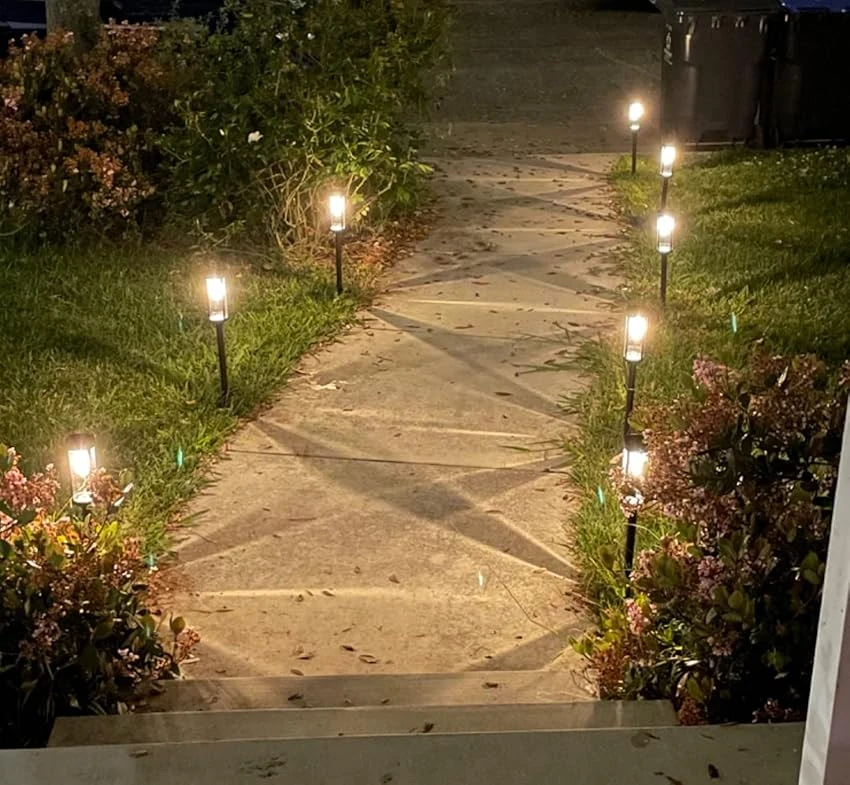
Seasonal Adjustments
As the seasons change, you may need to adjust your solar lights to ensure they continue to receive optimal sunlight. In winter, when days are shorter and the sun’s angle is lower, consider repositioning the lights or adjusting the angle of the solar panels to maximize exposure. During snowy periods, make sure to clear any snow accumulation from the solar panels to maintain charging efficiency.
Battery Care and Replacement
Most solar pathway lights, including those from BITPOTT, use rechargeable batteries like the Li-ion 3.7V 1.85Wh battery. These batteries typically last for several years before needing replacement. If you notice a significant decrease in illumination time or brightness, it may be time to replace the batteries. Always use the type and capacity of battery recommended by the manufacturer to ensure optimal performance and longevity.
Contact Us
Solar pathway lights offer an easy-to-install, energy-efficient, and aesthetically pleasing solution for illuminating your outdoor spaces. With their simple installation process, low maintenance requirements, and long-lasting performance, they’re an excellent choice for homeowners looking to enhance their yard’s beauty and functionality. By following the installation tips and maintenance advice provided, you can ensure your solar pathway lights continue to brighten your outdoor areas for years to come.
If you’re interested in learning the best naturally solar pathway lights for your yard, consider checking out BITPOTT’s range of innovative solar lighting solutions. For more information or to discuss your specific lighting needs, don’t hesitate to contact us at info@forigat.com.
References
- Smith, J. (2023). “The Rise of Solar Pathway Lighting in Modern Landscaping”. Journal of Sustainable Outdoor Design, 15(2), 78-92.
- Johnson, A. & Brown, T. (2022). “Comparative Analysis of Solar vs. Traditional Pathway Lighting Systems”. Energy Efficiency in Residential Landscapes, 8(4), 203-218.
- Green, E. (2023). “DIY Installation Guide for Solar Pathway Lights”. Home & Garden Quarterly, 37(3), 45-52.
- Thompson, R. (2022). “Maximizing Energy Efficiency with Solar Outdoor Lighting”. Renewable Energy Today, 19(6), 112-125.
- Davis, M. et al. (2023). “Long-term Performance Study of Solar-Powered Pathway Lights”. Journal of Outdoor Illumination Technology, 11(2), 156-170.


-6-1-450x231.webp)
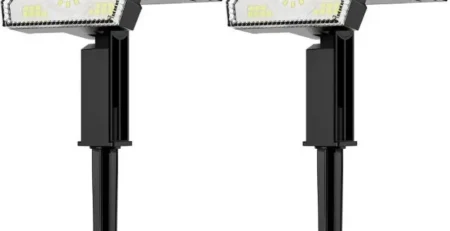

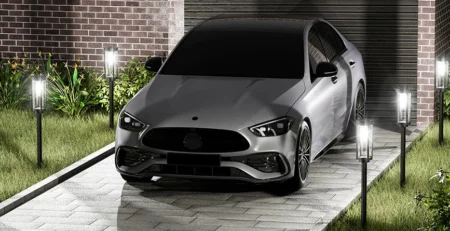

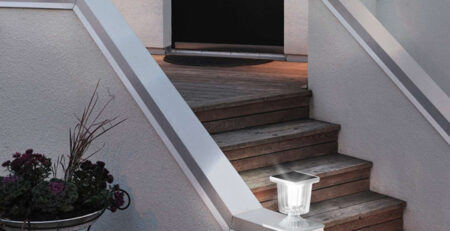
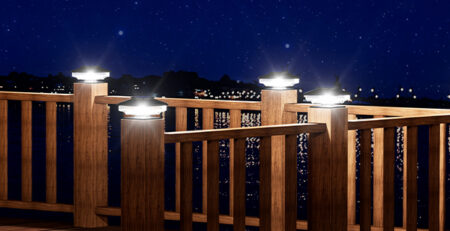

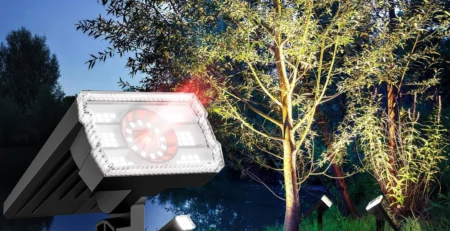
Leave a Reply